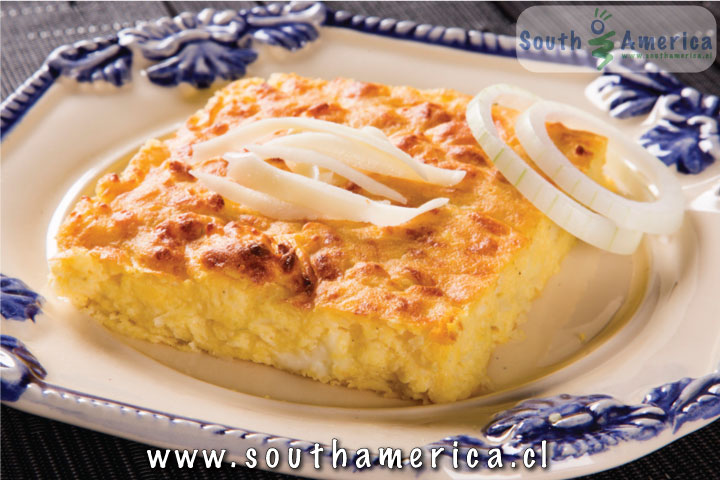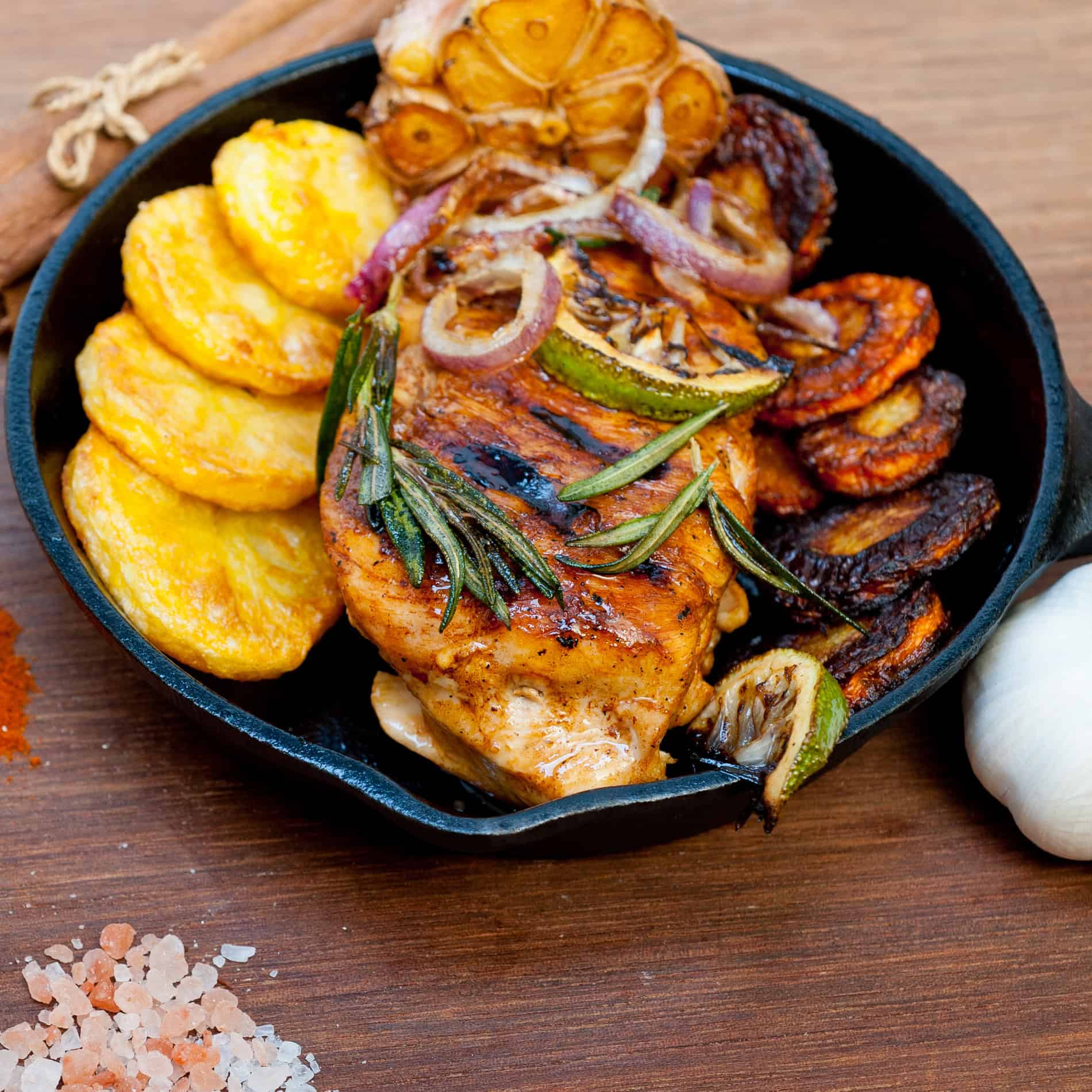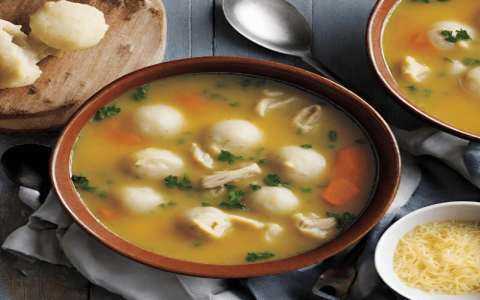Okay, so I decided to really dive into Paraguayan food lately. Wasn’t sure where to start, you know? It’s not like it’s super famous everywhere, but I heard good things, especially about the comfort food vibe.

First step, I just started asking around. Talked to some neighbors, folks at the local market. Everyone kept mentioning a few things over and over. Chipa was one of the first things I actually tried. Found a lady selling it fresh from a big basket on the street corner early one morning. The smell alone was amazing. Grabbed one, still warm. Man, that cheesy, dense bread hit the spot. Made with mandioca starch, I learned later. Simple stuff, but really good.
Then came the Sopa Paraguaya adventure.
Seriously, the name throws you off. “Sopa” means soup, right? So I was expecting broth, maybe some veggies. Nope. Showed up at a little get-together, and they served this square, golden block. Looked like cornbread. Turns out, that IS Sopa Paraguaya. It’s like a savory, cheesy, moist cornbread made with corn flour, cheese, onions, milk, eggs. Apparently, the story goes a cook messed up a soup recipe ages ago, it thickened up way too much in the oven, and boom, Sopa Paraguaya was born. Funny how things work out. It was delicious, though. Very filling.
Next on my list was Mbejú. Similar ingredients to Chipa and Sopa Paraguaya in some ways – mandioca starch, cheese. But the texture is totally different. It’s like a flat, sort of crumbly pancake? You cook it in a pan. I tried making it myself after finding a simple recipe. First attempt was a bit messy, kinda fell apart. But the second try? Nailed it. Crispy edges, soft cheesy inside. Perfect with coffee.
- Found mandioca starch (also called tapioca starch).
- Grated some good Paraguayan cheese.
- Mixed it up with a bit of salt, milk, or fat (recipes vary).
- Cooked it in a hot, lightly oiled pan, pressing it down gently.
- Flipped it carefully. That was the tricky part!
Can’t talk Paraguayan food without mentioning the Asado. It’s more than just barbecue; it’s a whole social event. Got invited to one on a Sunday. The amount of meat was incredible – beef ribs (costilla), flank steak (vacío), chorizo sausages, morcilla (blood sausage). Slow-cooked over wood embers for hours. The guys tending the grill knew exactly what they were doing. We just hung out, chatted, sipped some drinks while the smell of cooking meat filled the air. The meat itself? So tender, so flavorful. Served simply with maybe some mandioca on the side and chimichurri sauce. A proper feast.
And you can’t forget Tereré.
Okay, this isn’t exactly food, but it’s everywhere and part of the whole experience. It’s like yerba mate, but prepared with ice-cold water instead of hot. Usually mixed with herbs, “yuyos,” for flavor or medicinal properties. People carry their thermos (termo) of cold water and their guampa (the cup, often made from horn) filled with yerba everywhere. Sharing tereré is a big social ritual. Took me a bit to get used to the bitter taste, but on a hot day? Nothing better. Got my own basic kit now and have it most afternoons. It’s refreshing.

So yeah, that’s been my journey digging into Paraguayan traditional food. Lots of corn, mandioca, cheese, and meat. Simple ingredients mostly, but prepared with care. It’s hearty, comforting stuff. Really enjoyed the process of finding these things, trying them, and learning a bit about the culture behind them.









